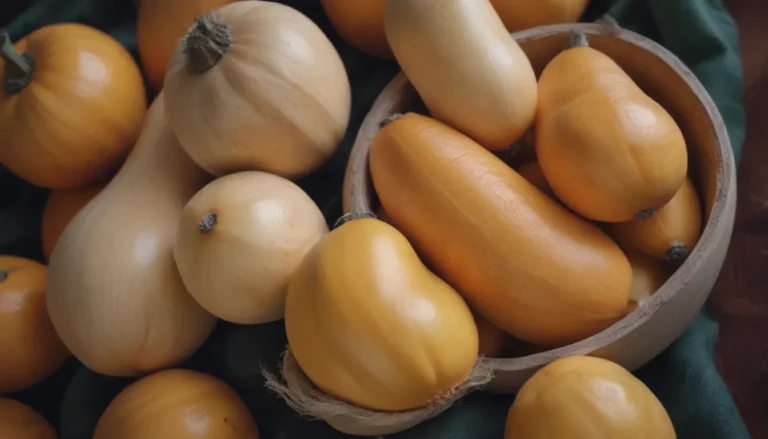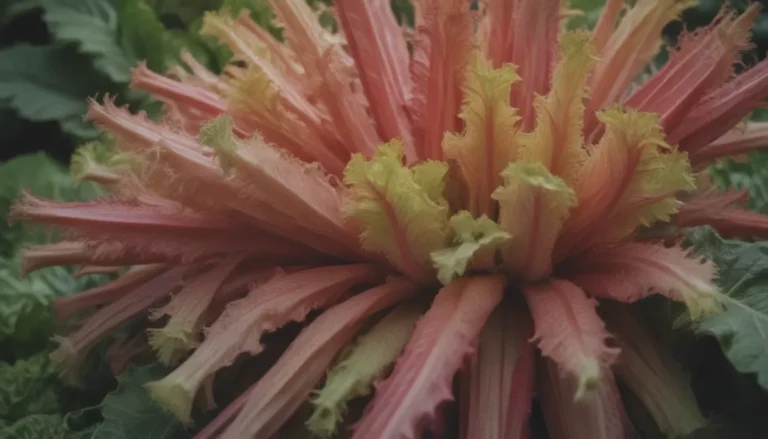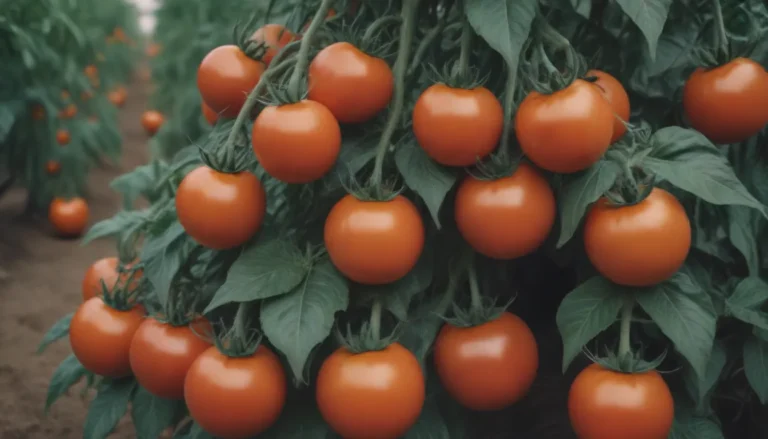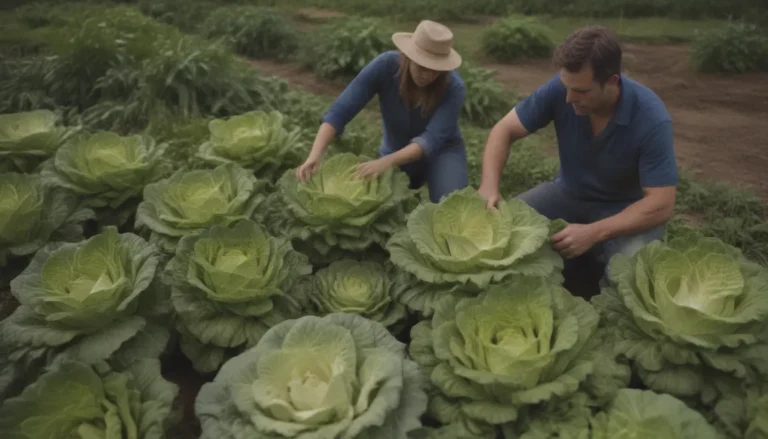The Comprehensive Guide to Fertilizing Strawberries for Maximum Yield
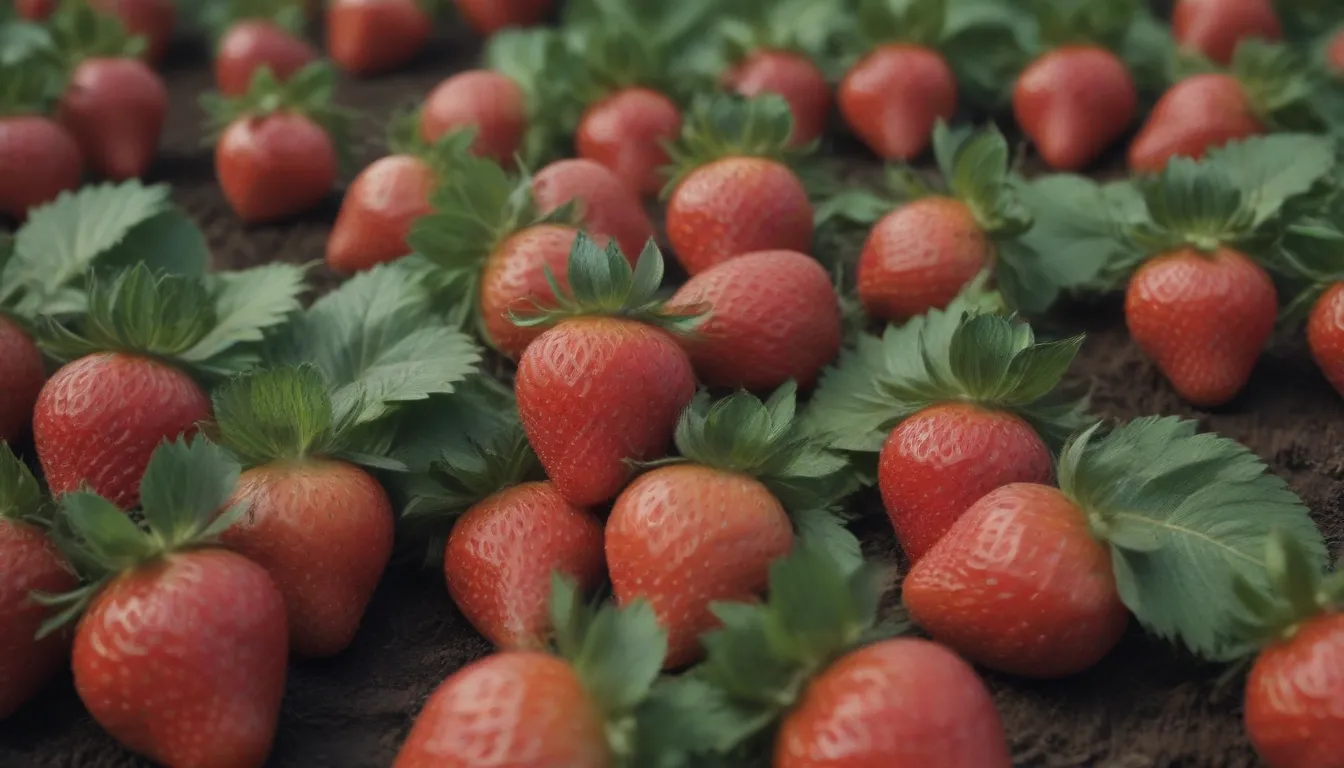
Strawberries are a delightful treat, whether enjoyed fresh off the plant or incorporated into your favorite dishes. To ensure your strawberry patch is thriving and producing bountiful crops, proper fertilization is key. Fertilizing strawberries is a bit different from many other edible crops, as it’s essential to provide them with the right nutrients at the right time. Whether you are growing June-bearing or day-neutral varieties, knowing when and how to fertilize your strawberries can make a significant difference in your harvest. In this guide, we will delve into the intricacies of fertilizing strawberries for healthy growth and maximum crop size.
Understanding the Nutritional Needs of Strawberries
Before diving into the specifics of fertilizing strawberries, it’s essential to understand the nutritional requirements of these plants. Strawberries are heavy feeders that require ample nitrogen for vigorous growth, especially during the fruiting season. Additionally, they thrive in slightly acidic soil with good drainage. By providing the right balance of nutrients, you can ensure your strawberries produce robust plants and flavorful fruits.
Key Points to Remember:
- Strawberries require nitrogen for runner production and fruit development.
- Slightly acidic soil with a pH level of 5.3 to 6.5 is ideal for strawberry plants.
- Good drainage is essential to prevent waterlogging, which can lead to root rot.
When to Fertilize Strawberries
Pre-Planting Preparation:
- Before planting strawberries, prepare the soil by incorporating compost, well-rotted manure, or peat moss.
- Two weeks before planting, add a slow-release NPK fertilizer (10-10-10 or 20-20-20) into the top 6 inches of soil.
- For potted strawberry plants, use a combination of quality potting mix, compost, and granular fertilizer to provide essential nutrients.
Tip:
- Test the soil pH before fertilizing to ensure it falls within the optimal range for strawberries.
Fertilizing June-Bearing Strawberries:
- For June-bearing strawberries, fertilize in mid to late summer after the plants have finished fruiting.
- Avoid fertilizing June-bearing varieties in the spring, as it can result in poor fruit quality and susceptibility to diseases.
Tip:
- Renovate your strawberry bed every other year by thinning out existing plants and allowing new runners to develop.
Fertilizing Day-Neutral Strawberries:
- In the first year of growing day-neutral strawberries, fertilize when fruits appear after the second flush of flowers.
- Use a balanced fertilizer (10-10-10) or organic options like blood meal or bonemeal to support plant growth.
Fertilizing Strawberries in Pots:
- Fertilize potted strawberries when leaves first appear in spring and again when berries start to form.
- Use a water-based fertilizer every two weeks or opt for compost tea and foliar sprays for continued growth.
How to Fertilize Strawberries Based on Planting Method
Matted Row Method:
- Fertilize matted row strawberries to encourage runner development and root growth.
- Use a water-based fertilizer applied close to ground level early in the day to allow foliage to dry before nightfall.
Hill Method:
- In the hill method, remove runners to focus on strong, initial plant growth.
- Use granular or powdered fertilizers and water the bed well following application.
Container Method:
- Choose day-neutral varieties for container-grown strawberries.
- Fertilize every two weeks with a water-based product and water at soil level to prevent foliage wetting.
By understanding the specific needs of your strawberry plants and providing them with the right nutrients at the right time, you can enjoy a bountiful harvest of delicious strawberries year after year. Whether you prefer June-bearing or day-neutral varieties, proper fertilization practices will ensure your strawberry patch thrives and produces luscious fruits for you to enjoy. Experiment with different fertilization methods and products to find what works best for your unique growing conditions and watch your strawberry plants flourish.
